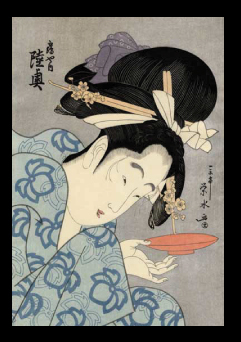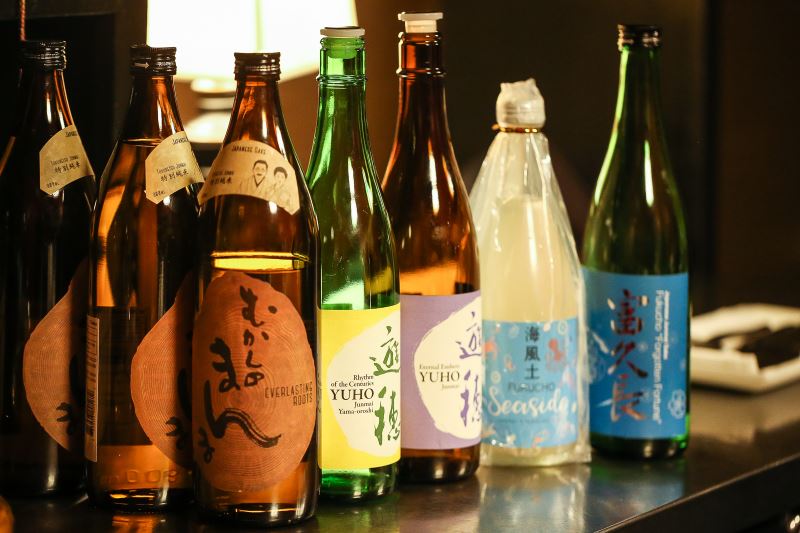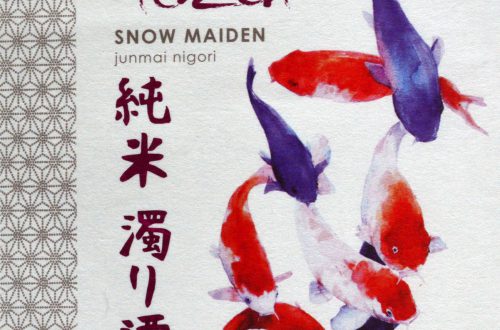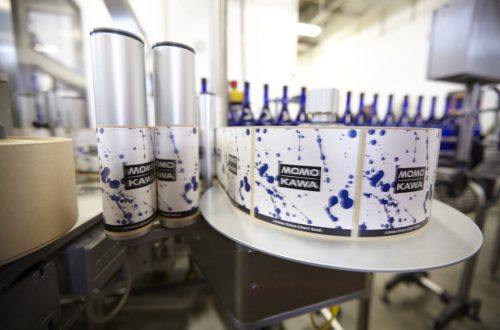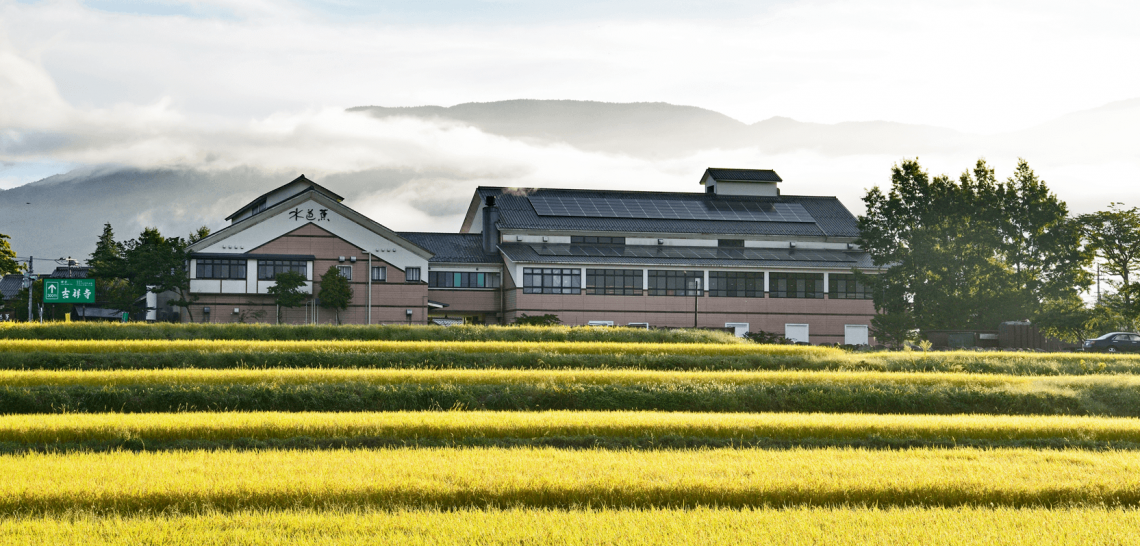
Noriyoshi Nagai’s Sake Empire
“Everything has beauty, but not everyone sees it”
Confucius
Sake, the potent confluence of spring-fed water and grains of rice, has been an integral part of Japanese society, and Noriyoshi Nagai’s family tradition for six generations.
“It is a historical beverage consisting of rice and water; it is not just a business, everything I produce are like my children,” Nagai said.
Nestled in a valley among the snowcapped Mount Hotaka range, Kawaba village (Gunma prefecture) is a postcard-perfect setting. Lush green foliage, crisp cool air and the clear spring water flowing down the streams, which Nagai recalls, became the source of inspiration for his ancestor Shoji Nagai, who founded the Nagai Sake brewery in 1886.
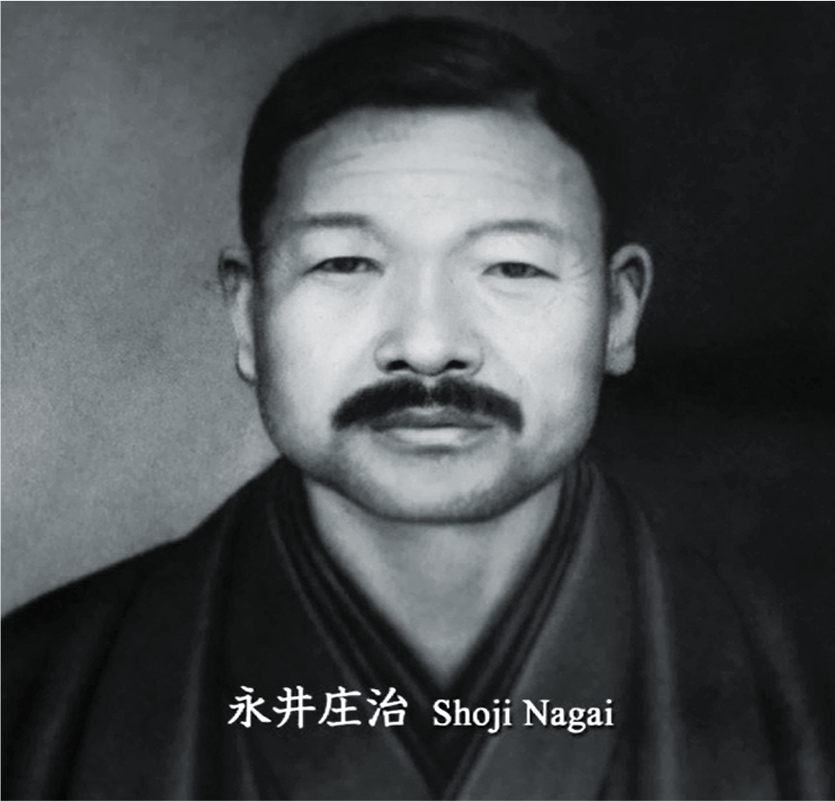
The idea for the brewery came from the inherent desire to preserve the sanctity of the nature and purity of water.
“The water is so pure that you can drink out of the stream,” remarked Hiromoto Oyama, first secretary, Embassy of Japan in Jamaica.
According to Nagai, making sake is both an art and a science. Eighty per cent water and 20 per cent rice – like the age-old tradition of Japanese minimalism – are the only ingredients.
“There are three components used in making sake – water, rice and craftsmanship,” he said, adding that honoring the abundance of nature is the primary objective.
The process is a labor of love, handcrafted by skillful people who meticulously prepare rice and water to be transformed into Sake.
For making this brew, Yamadanishiki rice is used, which has a translucent grain, where the core is visible. The rice is washed and steam-cooked, and then mixed with yeast.
“The flavour comes from milling the outer surface of the rice, and the core of the grain, after mixing with water, becomes Sake,” Nagai explained, adding, “The mixture is fermented, with more rice, koji (fermenting agent), and water added in three batches over four days.”
The progression of fermentation and the confluence of these two ingredients create a cloudy liquid that is filtered, blended and bottled.
“Unlike other alcoholic beverages, it is not the wood in which Sake is brewed that gives its flavour, it is the rice and the water that give taste and aroma,” said Keisuke Irie, of Sake Samurai Secretariat, an initiative of Japan Sake Brewers Association Junior Council to spread Sake culture.
1,000-year tradition
The fundamental process for brewing Sake has remained the same for the last 1,100 years – milled rice, water and cedar barrels, where it is rested.
“The product is a process of patience and love,” Nagai said. “It takes two months for the fermentation process. Some Sake is processed for six months to three years to give extra flavour,” he said.
Over the decades, though, the popularity of Sake diminished in Japan, but the younger brewers like Nagai are on a quest to revive, popularise and sustain this integral slice of their history.
“We are popularising Sake by introducing modern elements like bottling and packaging and taking the drink around the world,” said Irie.
For new-generation brewers like Nagai, the international exposure is a vehicle of reinforcing traditional values of his family and village to the world.
“We thank the beauty of the nature that Kwaba has been bestowed with. When my ancestors started the brewery, they saw the wonderful gift of nature and the water. They bought the mountains surrounding the village and vowed to protect and cherish nature,” he said. “This is the message they passed down from generation to generation.”
Sake is embedded in Japanese culture; it is not any alcoholic drink. Sake is poured on the ground when ground-breaking is done for a new house, this is to appease the gods, take their blessings and satisfy their spirits and soul so they provide firm foundation.
The bride and the groom drink Sake as a symbol of togetherness and purifying their souls as they embark on a new journey in life.
“It was a royal tradition among ladies of royal families in Japan to wear layers of kimono as a symbol of their opulence,” said Oyama. “The layers of silkiness bring a feeling that can be associated with Sake.”
The simplicity of Sake is like umami, the sixth taste – distinct, intriguing and evolving – and like centuries past, it continues to journey like the pure waters gushing down in Nagai’s village to palate of millions across the world.
It is said that there are three important factors necessary to product the finest sake: pure water, quality rice and craftsmanship. “Craftmanship” is the technique of making sake. To make the finest product sake brewers must take into account the weather which affects the season’s rice harvest, and maintain the ideal environment required for the koji and yeast necessary for the complex fermentation process to make the various varieties of finished sake.
Our Mizubasho and Tanigawadake sakes reflect the beauty of Kawaba and its environment. The Mizubasho brand is inspired by the mizubasho flower which blooms in the Oze Valley. Tanigawadake sake takes its name from the surrounding Tanigawadake mountains popular with mountain climbers and hikers. Nagai Sake’s brewing concept is to make clear, beautiful sake that expresses the special nature of the surrounding region. We strive to continue to refine our craftsmanship to make sakes which touch the hearts of those who experience our sake.
Nagai Brewery



